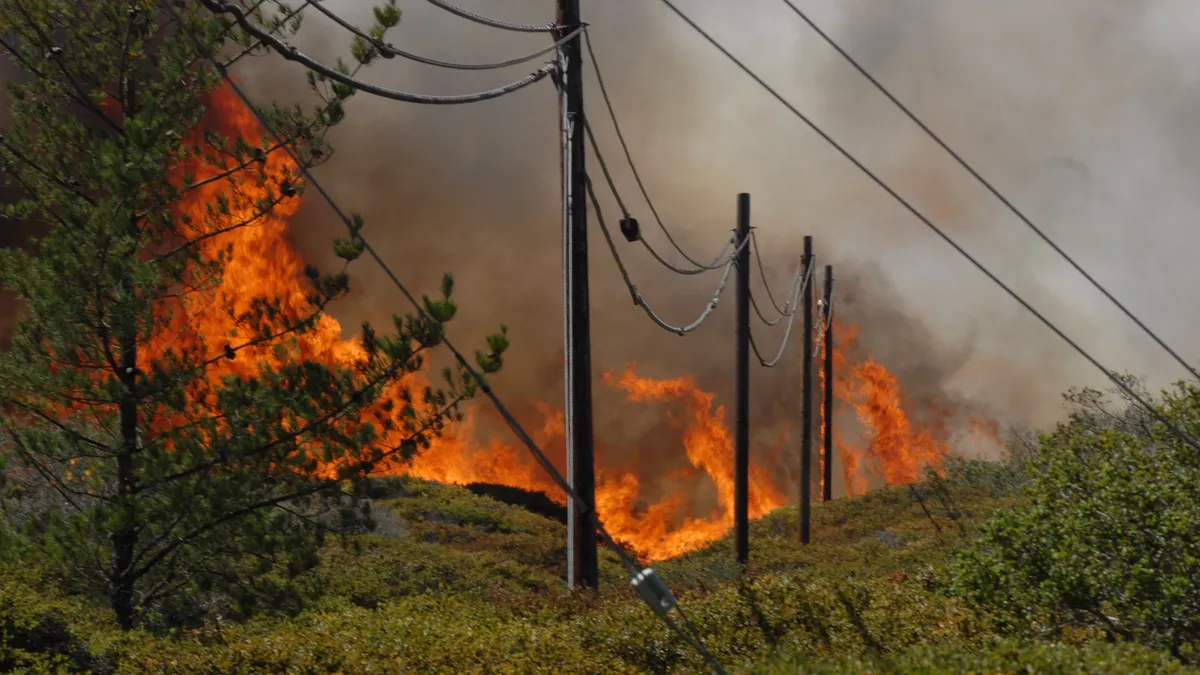Dive Brief:
- California Attorney General Xavier Becerra told a federal judge last week that Pacific Gas & Electric could be tried for murder or manslaughter if the utility is found to have operated its equipment in a "reckless" manner that helped to spark the state's deadly wildfires in the last two years.
- Becerra filed the opinion with a federal judge overseeing the criminal case associated with the 2010 pipeline explosion on PG&E's gas system in San Bruno, Calif., The Sacramento Bee reported.
- PG&E's possible role in sparking the state's wildfires, including the most-recent and deadly Camp Fire, has thrown the utility's future into uncertainty. Along with a possible murder charge, last month, the California Public Utilities Commission (CPUC) announced it will consider splitting apart the company's natural gas and electric delivery businesses.
Dive Insight:
The New Year is off to an inauspicious start for PG&E.
The utility needs to respond to the Attorney General's opinion by today, according to local media. However, the state's brief is only intended to inform the court of possible outcomes — any charges would need to be filed by local officials rather than state law enforcement.
Responding to Becerra's brief, PG&E issued a statement reinforcing its commitment to public and workforce safety, along with reducing the risk of wildfire.
In 2010, a gas pipeline explosion on PG&E's system killed eight people and destroyed 38 homes. In 2015, the CPUC hit PG&E with a $1.6 billion fine in three investigations related to the explosion — the largest penalty ever levied against a public utility in U.S. history.
Since then, focus has turned to California's wildfires and the potential liability faced by utilities. The state's "inverse condemnation" rules can put the regulated energy companies in extreme jeopardy, even if they are found to have followed all rules and regulations.
California regulators and lawmakers have said they want to shield PG&E from bankruptcy, but that could still include significant structural changes for the large investor-owned utility.
The CPUC in December said it is considering a wide range of possibilities to improve the safety of energy delivery, including: replacing the utility's board of directors; conditioning PG&E's return on equity on safety performance; reorganizing PG&E's corporate structure to include regional subsidiaries; and splitting apart its gas and electric delivery services.














